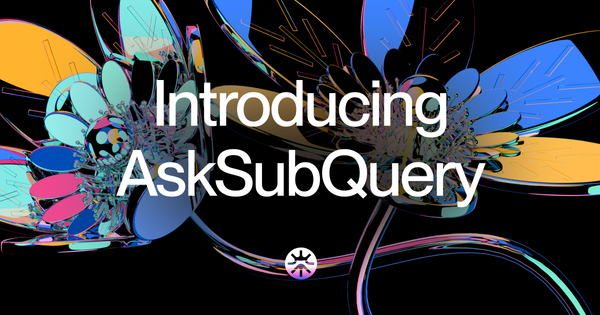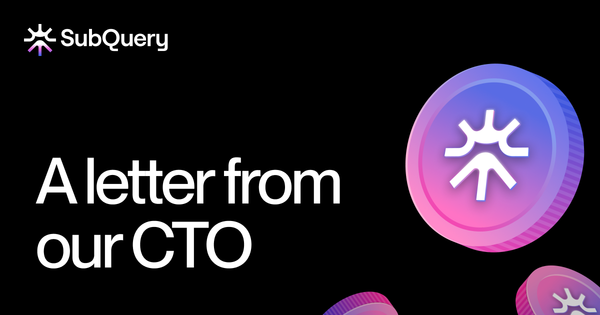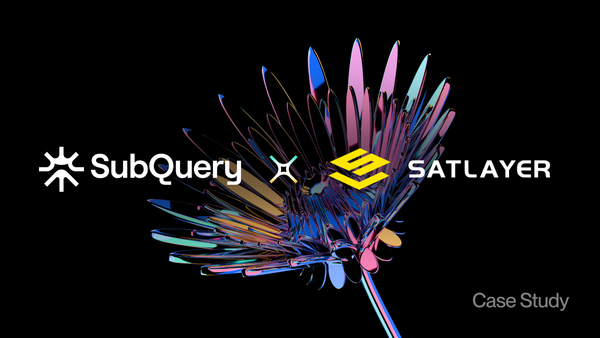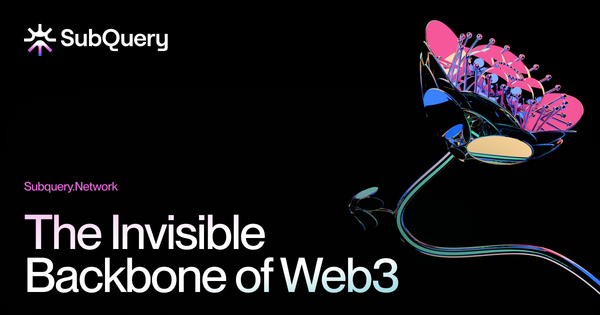Big Data Meets Crypto: The Future of Blockchain Data Analytics
In today’s data-driven world, blockchain data analytics is becoming the backbone of intelligent Web3 decision-making. As decentralised ecosystems explode in complexity and volume, extracting meaningful insights from blockchain data is no longer optional - it’s essential
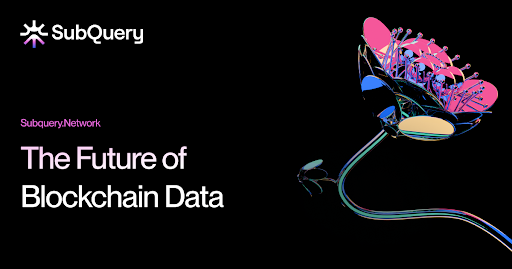
Table of Contents
- Introduction
- What is Blockchain Data Analytics?
- Why Blockchain Data Analytics Matters in Web3
- Understanding the Blockchain Database
- On Chain Analysis vs Blockchain Analytics
- Tools Powering Big Data in Crypto
- Real-World Use Cases
- The Future: AI + Blockchain Analytics
- Common Questions About Blockchain Data Analytics
- Final Thoughts
Introduction
In today’s data-driven world, blockchain data analytics is becoming the backbone of intelligent Web3 decision-making. As decentralised ecosystems explode in complexity and volume, extracting meaningful insights from blockchain data is no longer optional - it’s essential.
This article explores how blockchain data analytics is reshaping crypto, and how tools like SubQuery enable developers, analysts, and AI agents to access powerful, actionable insights from on-chain data.
What is Blockchain Data Analytics?
Blockchain data analytics refers to the process of collecting, structuring, and analysing blockchain data — from wallet transactions to smart contract logs — to gain insights, predict trends, or enhance application performance.
Unlike traditional big data, where access is controlled and centralised, blockchain offers a fully open dataset. But just because it’s open doesn’t mean it’s usable out of the box.
According to Statista, the size of the entire Bitcoin blockchain alone surpassed 500 GB in 20241, and that’s just one network.
Why Blockchain Data Analytics Matters in Web3
Here’s why it’s critical for builders, analysts, and regulators:
- Investor Insights: Detect whale moves, uncover market sentiment, and anticipate token trends.
- Developer Intelligence: Measure user retention, monitor smart contract calls, and debug real-time dApp usage.
- Compliance: Track suspicious wallet activity or flag anomalies for regulatory audits.
- AI Agent Training: Feed structured blockchain data into AI models for self-operating agents or predictive systems.
In short, without effective data analytics, Web3 innovation stalls.
Understanding the Blockchain Database
Blockchains function like distributed databases, but the raw data is difficult to work with. Transaction logs, receipts, and Merkle proofs are machine-readable but developer-unfriendly.
To become usable, this data must be:
- Indexed: Organised into structured formats.
- Queried: Accessible through APIs (like GraphQL).
- Visualised: Rendered into dashboards, analytics platforms, or alerts.
This is where SubQuery comes in. We are a decentralised indexing protocol that makes raw blockchain data easily accessible for developers and analysts.
On Chain Analysis vs Blockchain Analytics
While often used interchangeably, on chain analysis and blockchain analytics serve slightly different goals:
On chain analysis is for traders and DeFi users who want to front-run the market with wallet intelligence and token movement tracking.
Blockchain analytics is for developers and analysts building smarter dApps, dashboards, or AI models.
Both rely on structuring and querying the blockchain database at scale.
Tools Powering Big Data in Crypto
There are many tools available for blockchain data analytics, but only a few offer full-stack support across multiple chains. SubQuery’s flexibility allows for a multitude of use cases, but blockchain analysis is a very typical one.
SubQuery enables:
- Multi-chain Indexing across Ethereum, Solana, Polkadot, Cosmos, and Avalanche
- Custom APIs tailored to unique project needs
- Decentralised Infrastructure through a globally distributed indexing network
- AI-Compatible Data to power intelligent Web3 agents
By bridging the gap between raw blockchain data and real-world usage, SubQuery empowers builders with fast, flexible access to blockchain insights. Learn more about SubQuery from the docs here.
Real-World Use Cases
Let’s break down how big data + crypto plays out in actual Web3 projects:
1. Token Launch Monitoring
Protocols can track exactly who bought what, when, and where. Indexing wallets by behaviour helps prevent bot manipulation and supports fair airdrop distribution.
2. DAO Voting Behaviour
Using on chain data, communities can study governance patterns, voter engagement, and even sybil attacks to improve protocol design.
3. DePIN Infrastructure
Big data crypto tools are essential for tracking usage, performance, and token distribution in decentralised physical infrastructure networks (DePINs), such as IoT or bandwidth-sharing protocols.
The Future: AI + Blockchain Analytics
AI will drive the next evolution of blockchain analysis.
With the right data pipeline, AI models can:
- Detect suspicious wallet behaviours
- Predict gas spikes or NFT trends
- Optimise smart contract execution
- Act as autonomous traders or service providers
But none of that is possible without clean, indexed, queryable big data.
SubQuery is already working toward this future, providing the data infrastructure needed for AI models and autonomous Web3 agents to thrive.
Common Questions About Blockchain Data Analytics
1. What is blockchain data analytics, and why does it matter?
It’s the process of analysing blockchain transactions, smart contracts, and network data to uncover insights. It enables better decision-making for traders, developers, regulators, and AI systems.
2. How is blockchain data stored and accessed?
Raw data is stored in blocks, but tools like SubQuery index this into human-readable formats and expose it via APIs for developers to query and use.
3. What’s the difference between on-chain analysis and blockchain analytics?
On-chain analysis is trading-centric. Blockchain analytics is broader, used in app development, fraud detection, and AI applications.
4. How can I get started with blockchain analytics?
Pick a tool like SubQuery, scaffold your indexing project using CLI, define your schema, and start querying with GraphQL.
Final Thoughts
Web3 isn’t just about code - it’s about data.
As the ecosystem grows more complex, blockchain data analytics will be the edge for developers, traders, and AI systems alike. Whether you’re debugging a contract, analysing token flows, or building autonomous agents, having the right data pipeline makes all the difference.
So don’t just build.
Build with data. Build with SubQuery.
About SubQuery
SubQuery Network is innovating in web3 infrastructure with tools that empower builders to decentralise without compromise. SubQuery’s infrastructure network offers everything from data indexers, RPCs and AI agents - all fully decentralised and production ready.
Our fast, flexible, and open data indexer supercharges thousands of dApps on nearly 300 networks. Our Sharded Data Node will provide breakthroughs in the RPC industry and our AI App framework makes building AI apps easier than ever before. We pioneer the web3 revolution for visionaries and forward-thinkers. We’re not just a company — we’re a movement driving an inclusive and decentralised web3 era, together.
Linktree | Website | Discord | Telegram | Twitter | Blog | Medium | LinkedIn | YouTube


